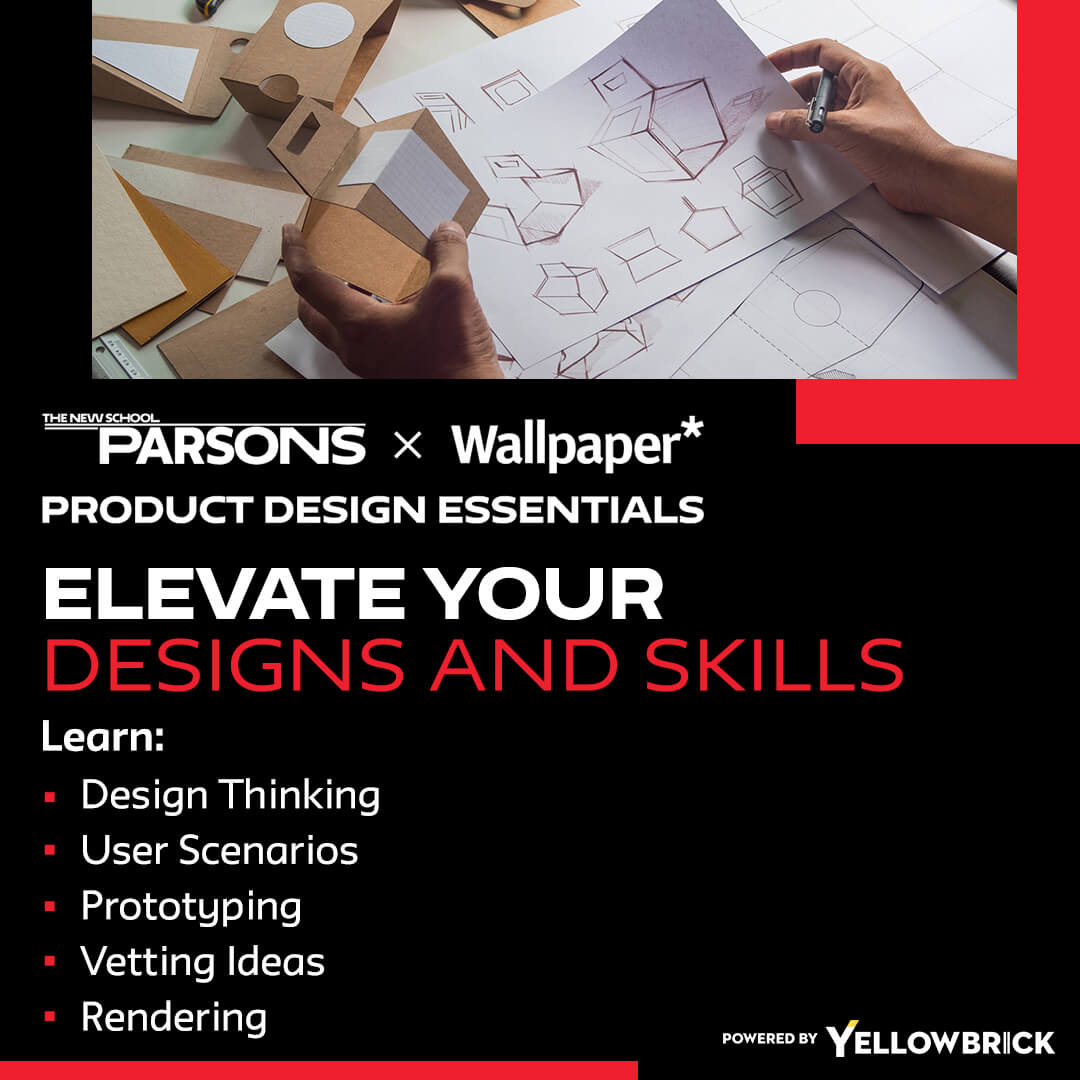How to Do UX Design Research Analysis

This is my method for doing research analysis for UX and UI design.
After I have observed my users and the task they’re doing, and after I’ve spoken to them, I’ll have a bunch of qualitative data that I want to analyze. After analyzing the data, hopefully I’ll understand some really meaningful insights about those users’ needs.
The first thing I would do to go about finding those insights is to gather all the data I have, which will include recordings and notes.
I always recommend you record your interviews, and good online UX design education will suggest that, too. Record the interviews and take notes. If possible, have someone else with you during the interviews who will also take notes. This is helpful because two people will hear and see different things, so you’ll get a second perspective on the interviews.
Once I gather the data, I’ll look at it to see what different data points are there. By data points, I mean that I would go over the interview and circle key ideas or key words that come up. Then I would write each one of those on a different Post-it note and stick it to the wall.
Today, we use Miro a lot, or other similar online and digital platforms. We have digital Post-its! Those are great collaborative tools. So, just write those ideas or those data points that are coming up on your board, digital or physical.
The next thing that I would do is start to cluster things that are similar in themes or ideas. By doing that, you’ll start to see patterns. You’ll start to see recurring themes and similar things that are coming up from many different people.
Once you understand that an issue has come up from different people, you can start to analyze it and ask what that action means. From there you would start to derive insights. This stage is what I call unpacking the data.
Getting the insights is one of the trickiest parts of analyzing the research for your UX design, but the process is only these simple steps. The more you analyze your UI data in this way, the easier it should be to find those important insights.


